Kern ORA 1WA Manual
| Mærke: | Kern |
| Kategori: | Måling |
| Model: | ORA 1WA |
Har du brug for hjælp?
Hvis du har brug for hjælp til Kern ORA 1WA stil et spørgsmål nedenfor, og andre brugere vil svare dig
Måling Kern Manualer
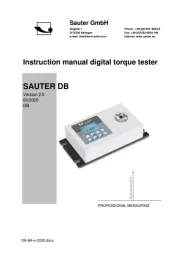
2 September 2025
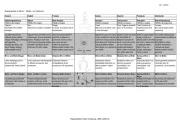
1 September 2025
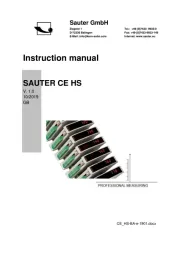
1 September 2025
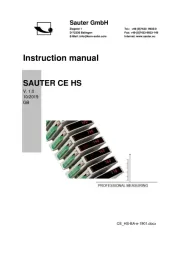
1 September 2025
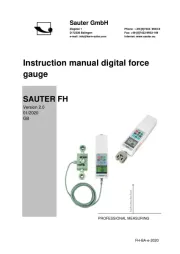
1 September 2025
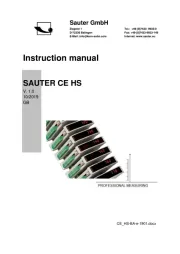
1 September 2025
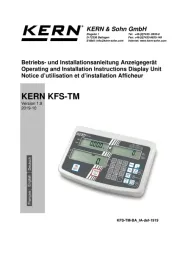
16 August 2025
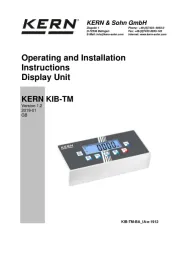
16 August 2025
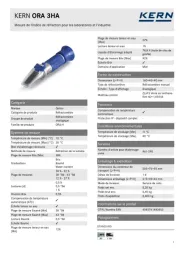
30 Juli 2025
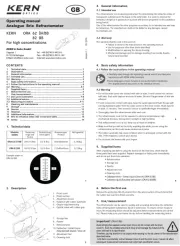
17 Juli 2025
Måling Manualer
Nyeste Måling Manualer

25 December 2025

25 December 2025

25 December 2025

24 December 2025

24 December 2025

24 December 2025

24 December 2025

24 December 2025

23 December 2025

23 December 2025
